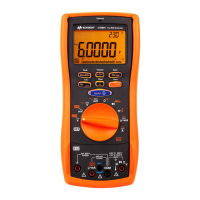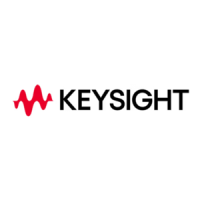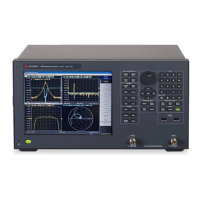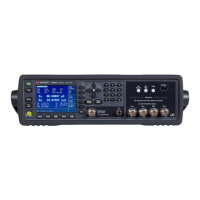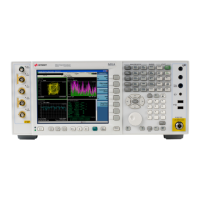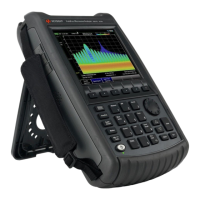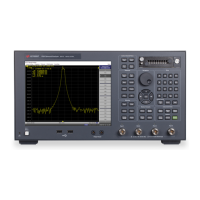Audio Generator Functions 3
Keysight U8903B User’s Guide 169
12 – 15 User bit management
0000: Not indicated
0001: 192-bit block as in channel status
0010: As defined in AES18
0011: User-defined
0100: As in IEC60958-3 (consumer)
16 – 18 Use of AUX sample word
0000: Not defined, audio maximum 20 bits
0001: Used for main audio, maximum 24 bits
0010: Used for coordination signal, audio maximum 20 bits
0011: User-defined
19 – 21 Source word length
000:
001:
010:
011:
100:
101:
If maximum = 24 bits
Not indicated
23 bits
22 bits
21 bits
20 bits
24 bits
If maximum = 20 bits
Not indicated
19 bits
18 bits
17 bits
16 bits
20 bits
22 – 23 Alignment level
00: Not indicated
01: –20 dBFS
10: –18.06 dBFS
24 – 31 Channel identification
If bit 31 = 0, then channel number is 1 plus the numeric value of bits 24 - 30.
If bit 31 = 1, then bits 4 - 6 define a multichannel mode and bits 0 - 3 give the channel
number within that mode.
32 – 33
Digital Audio Reference
Signal (DARS)
00: Not a DARS
01: DARS grade 1 (±1 ppm)
10: DARS grade 2 (±10 ppm)
35 – 38 Sampling frequency
0000: Not indicated
1000: 24 kHz
0100: 96 kHz
1001: 22.05 kHz
0101: 88.2 kHz
1101: 176.4 kHz
1111: User defined
39 Sampling frequency scaling
0: No scaling
1: Apply factor of 1/1.001 to value
48 – 79
Alphanumeric channel
origin
Four-character label using 7-bit ASCII with no parity.
Bit 55, 63, 71, 79 = 0
80 – 111
Alphanumeric channel
destination
Four-character label using 7-bit ASCII with no parity.
Bit 87, 95, 103, 111 = 0
112 – 143 Local sample address code
32-bit binary number representing the sample count of the first sample of the channel
status block
144 – 175 Time of day code 32-bit binary number representing tiem source encoding in samples since midnight
Table 3-44 AES3/SPDIF Professional mode bit description (continued)
Bits Label Description

